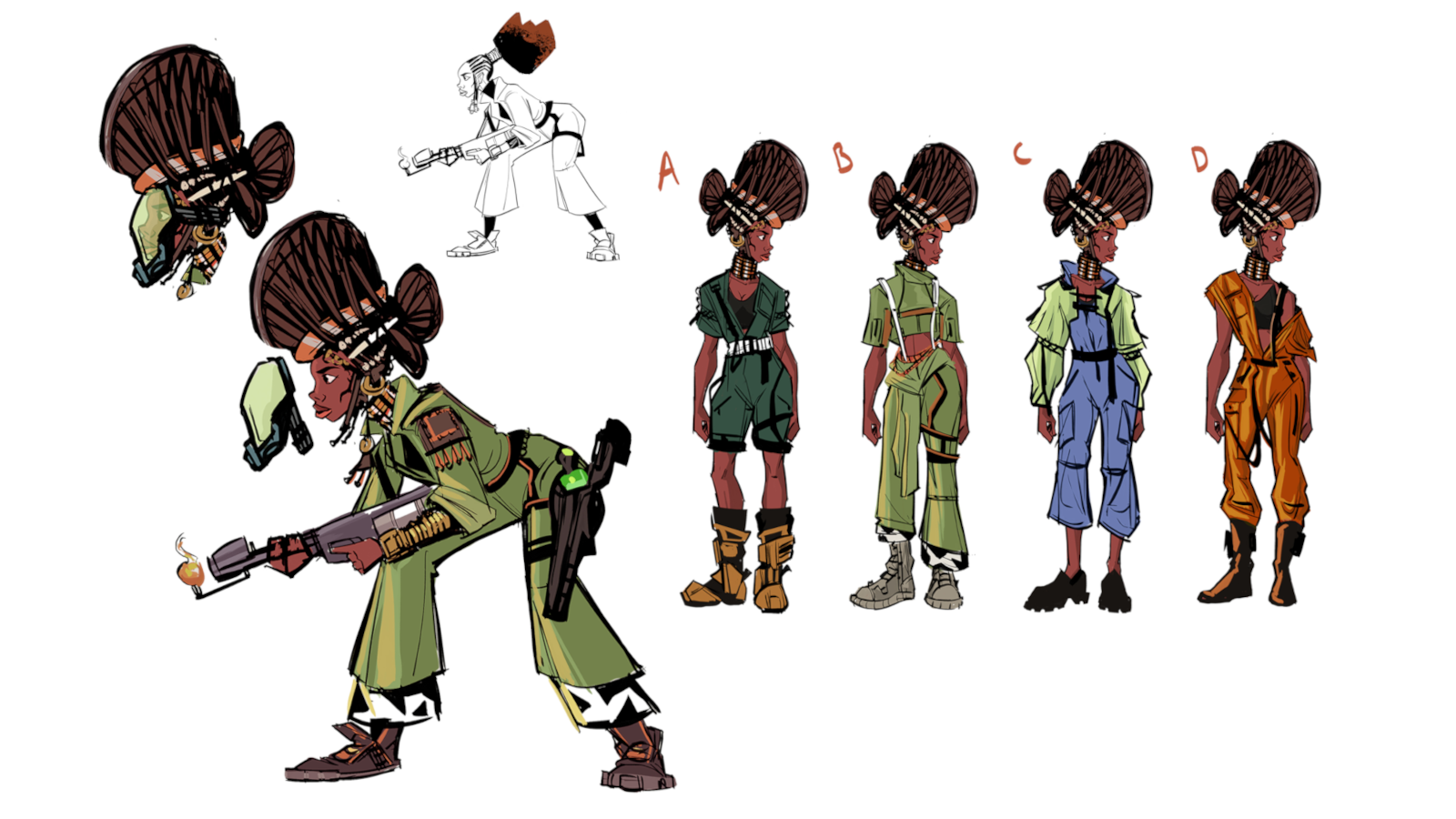
Character design in animation is a way to tell stories. That can be with an expressive and fun viewpoint, taking us out of reality, and there are so many styles and aesthetics to explore. But the characters have to fit the story, and they have to drive that story forwards.
With that in mind, here are my top tips for developing characters that fit into a narrative based on my own experience in the animation industry. If you need new tools for your own work, see our guide to the best animation software and the best laptop for animation.
01. Plan the story
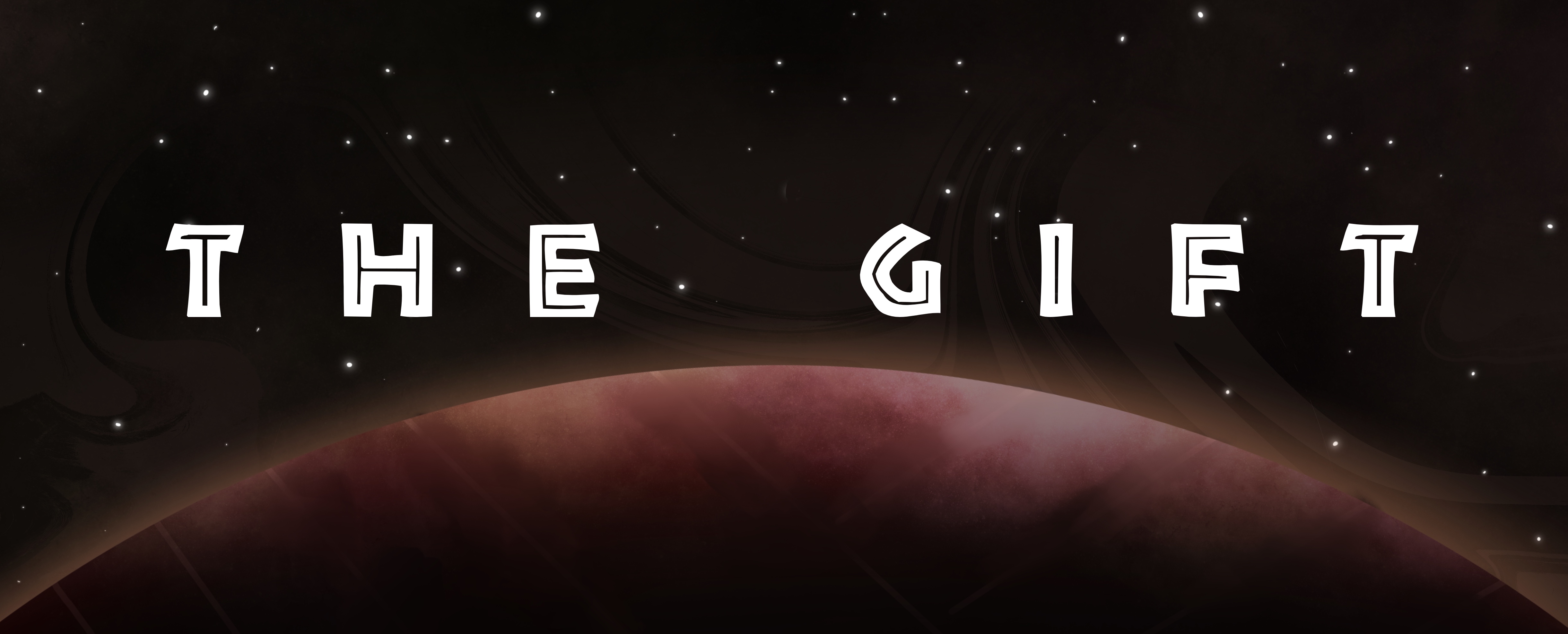
Begin by identifying the main idea or message you want to convey in the characters you plan to draw. I often take inspiration from a movie or TV show that I admire.
02. Develop a storyline
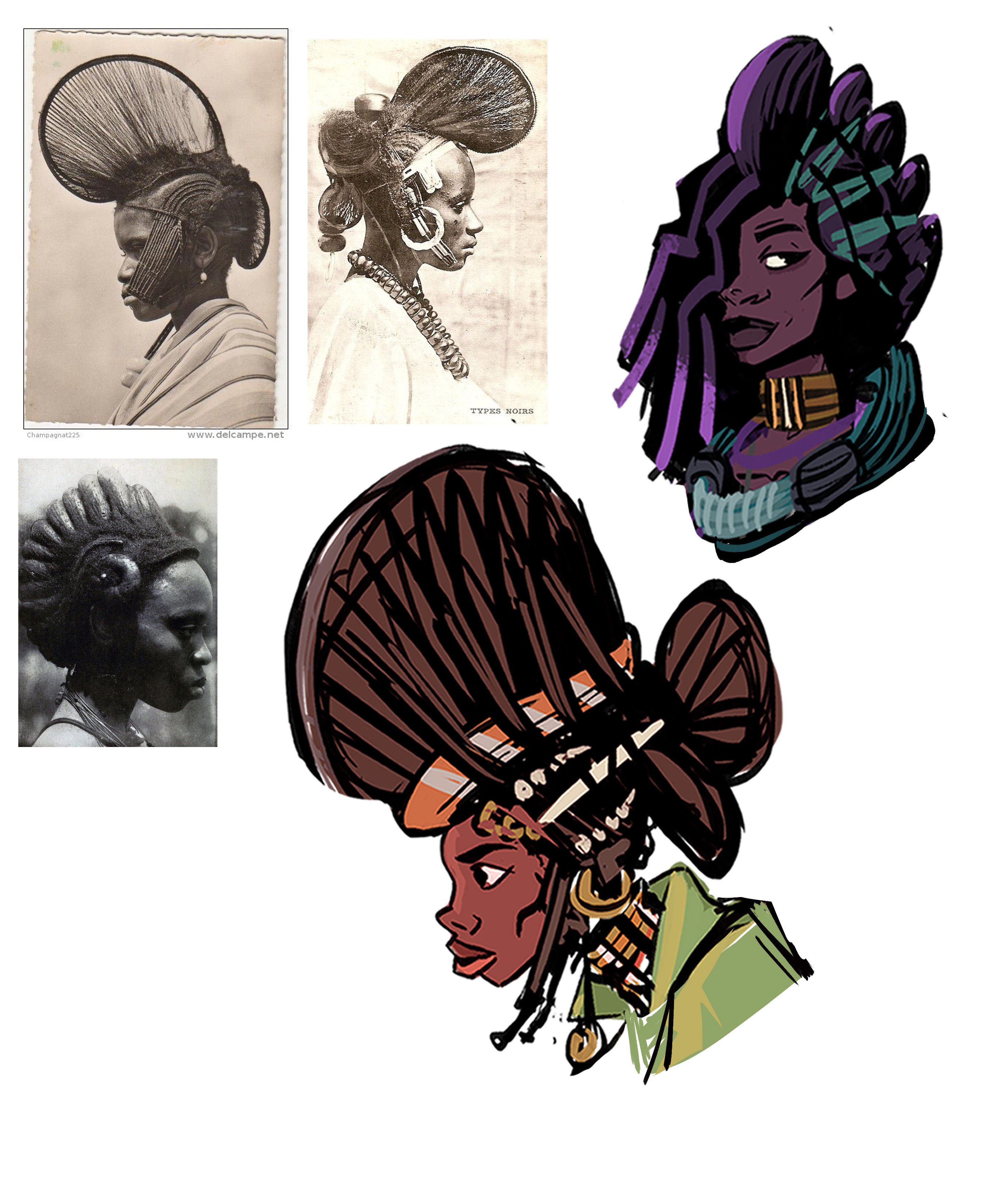
Once a theme is chosen, think about what the storyline will be. No matter who the character is, ensure that the story is developed to help influence the drawings.
03. Pull from real life
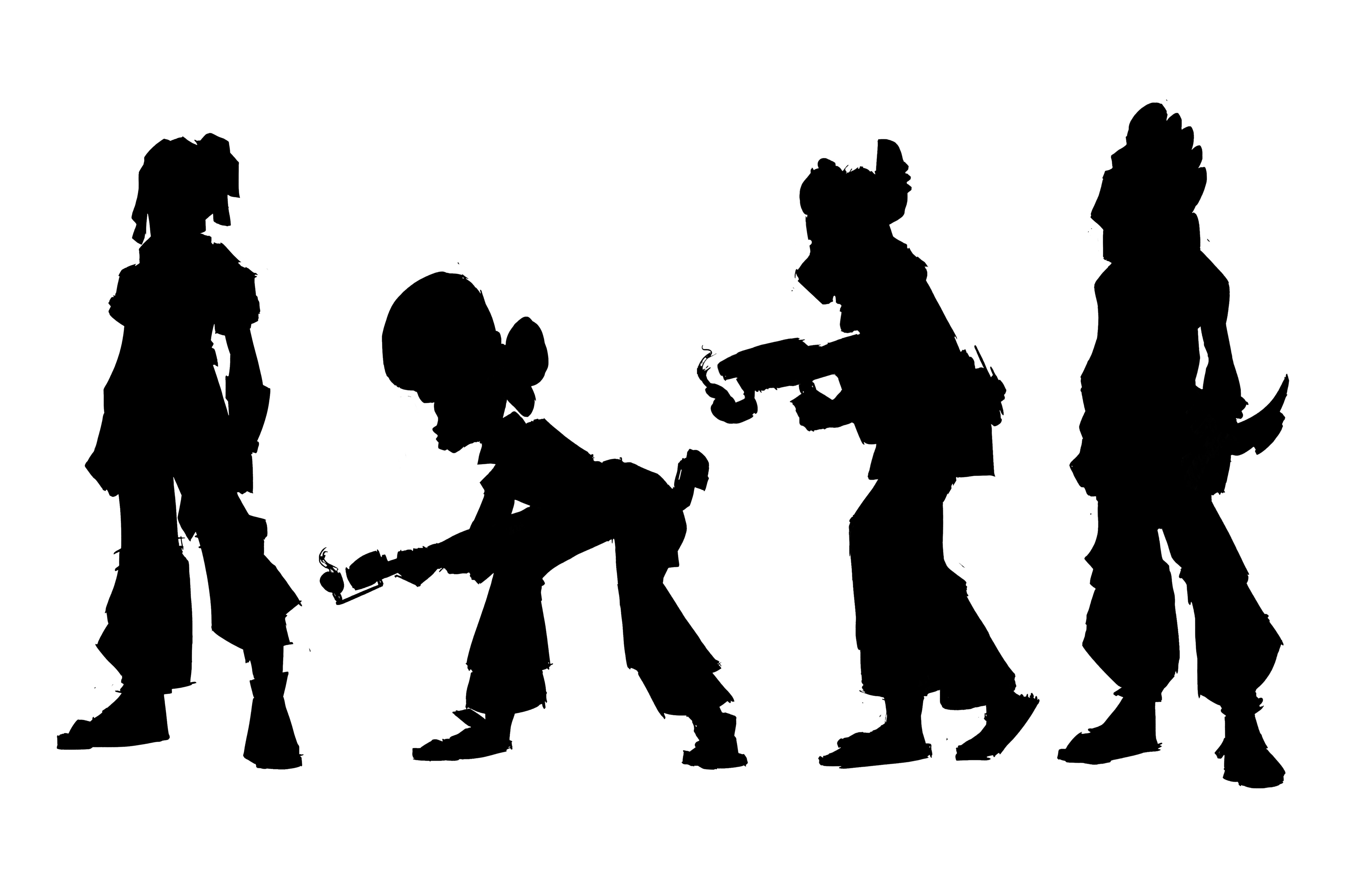
Real-life references can help to push the connection between creativity and the fictional world you’re creating. They also help as a guideline as you begin sketching.
04. Play with different alternatives
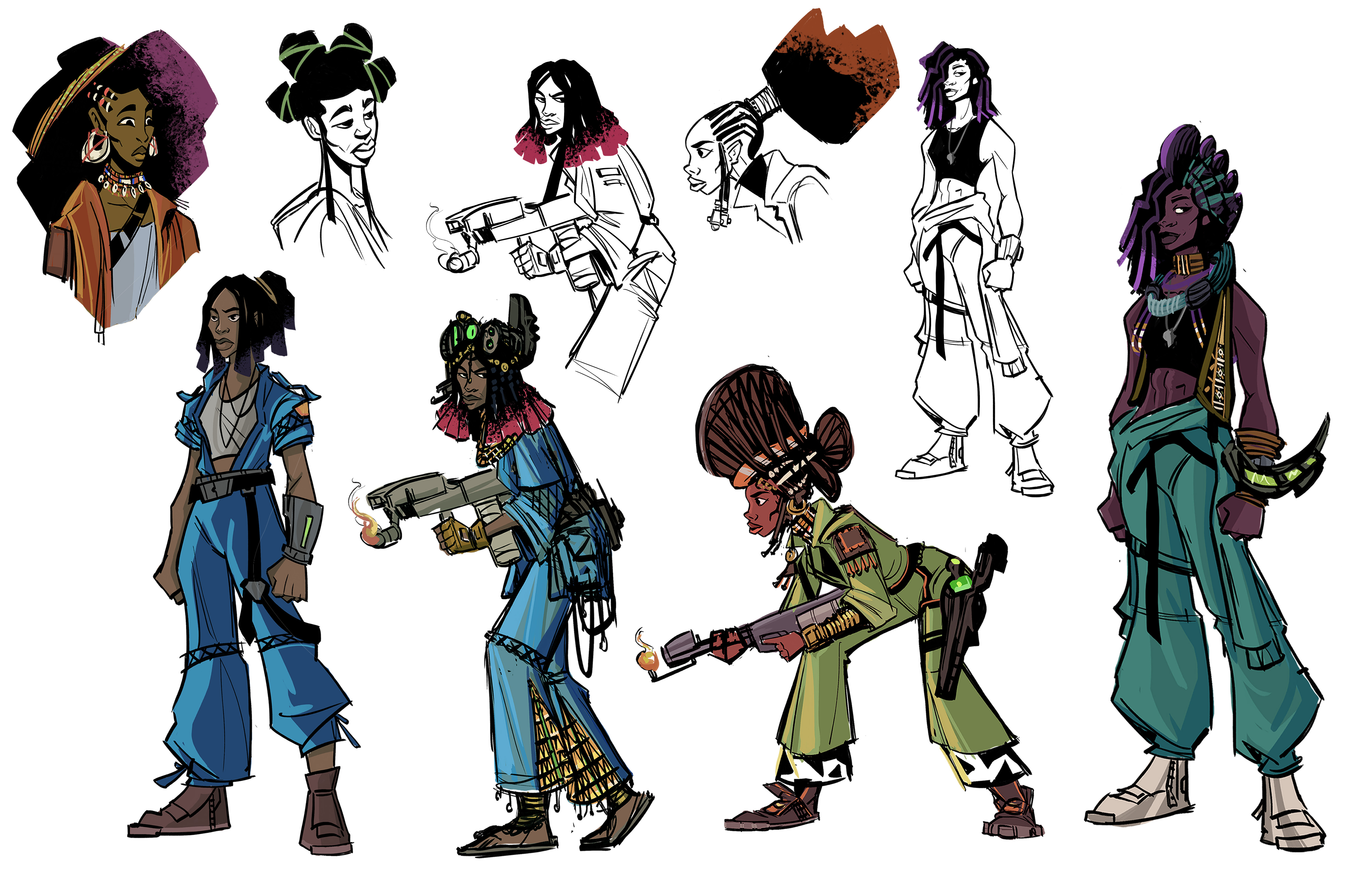
Play around with various options for your character. I always like to create mock-up sketches that fit in with the archetype I’m defining until I find the one that genuinely speaks to me and my idea.
05. Show personality through expressions
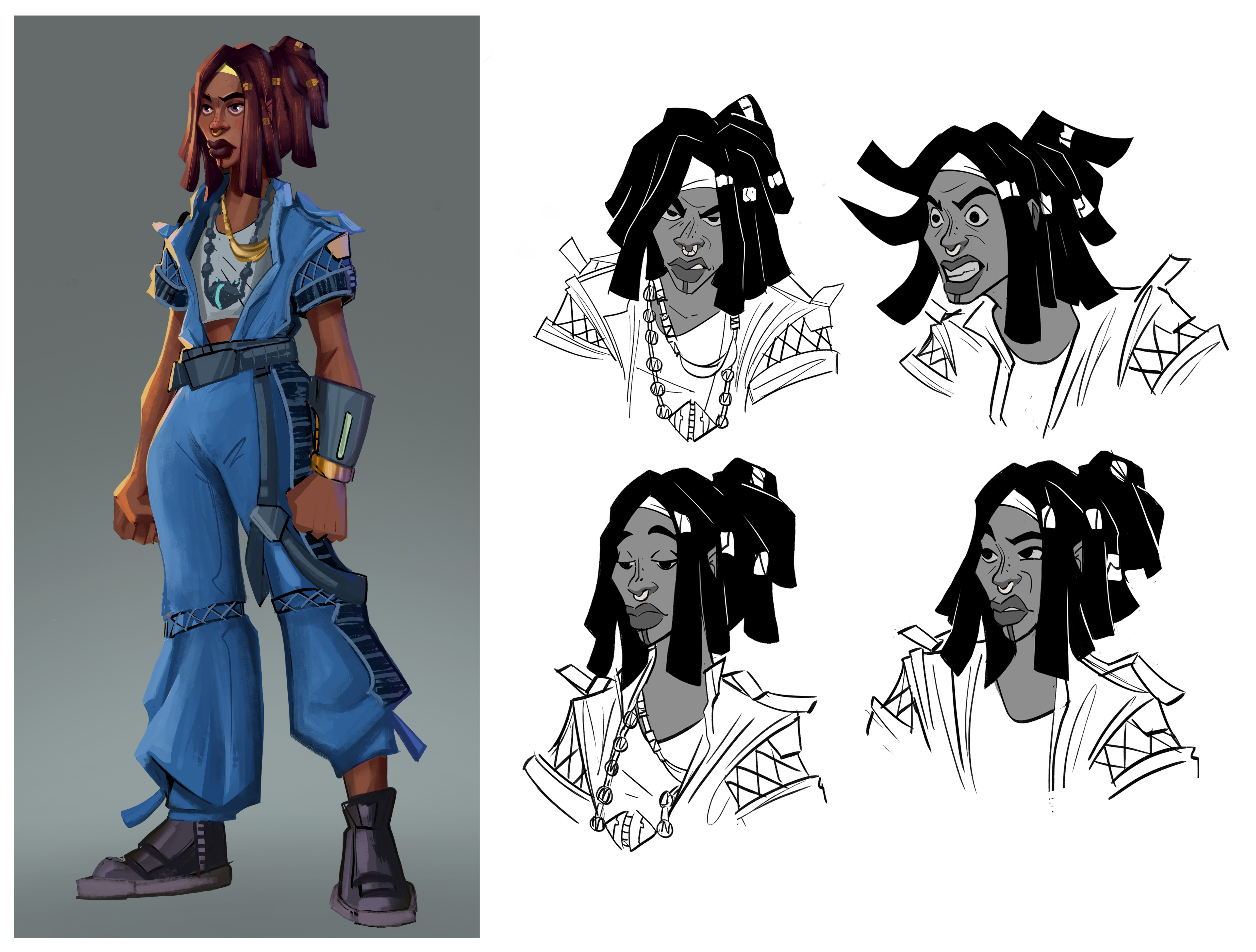
Since the design of the character is now ready, you can start to develop their personality further through an expressions page. I like to think about how my character would act in certain situations to influence the expressions. Are they sad? Did they encounter something that frustrated them? And so on.
06. What’s in the world?
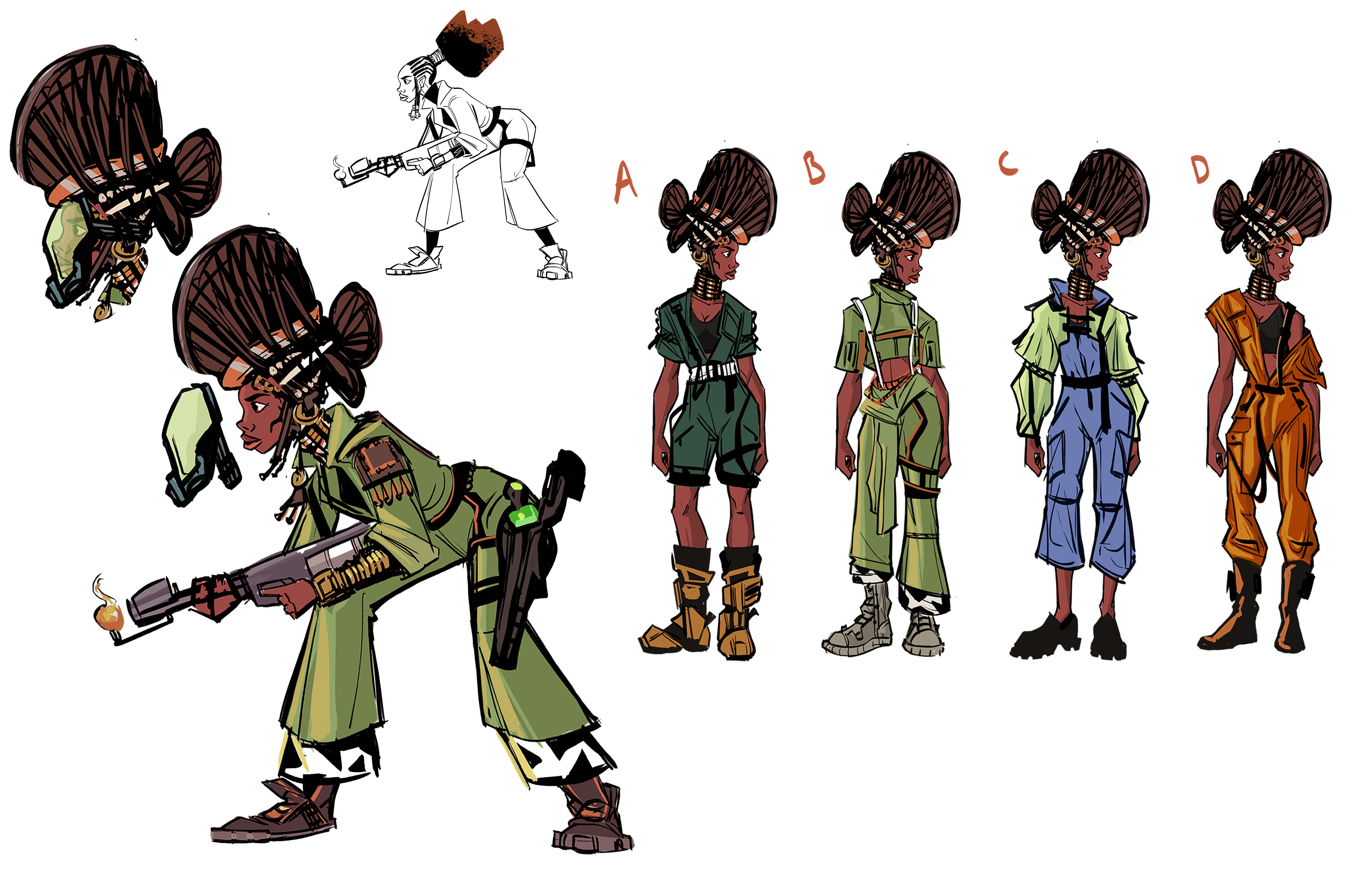
Stories and characters need a setting for their adventures. Start to build your world by finding landscapes, textures, flora and fauna that fit the story you’re trying to tell.
07. Match the colours
Colour can help to push the details even further. Play with the different hues of the character. Are they warm or cool-toned? We can even push different colour variations of the outfits to make sure they complement each other.
08. Characterisation
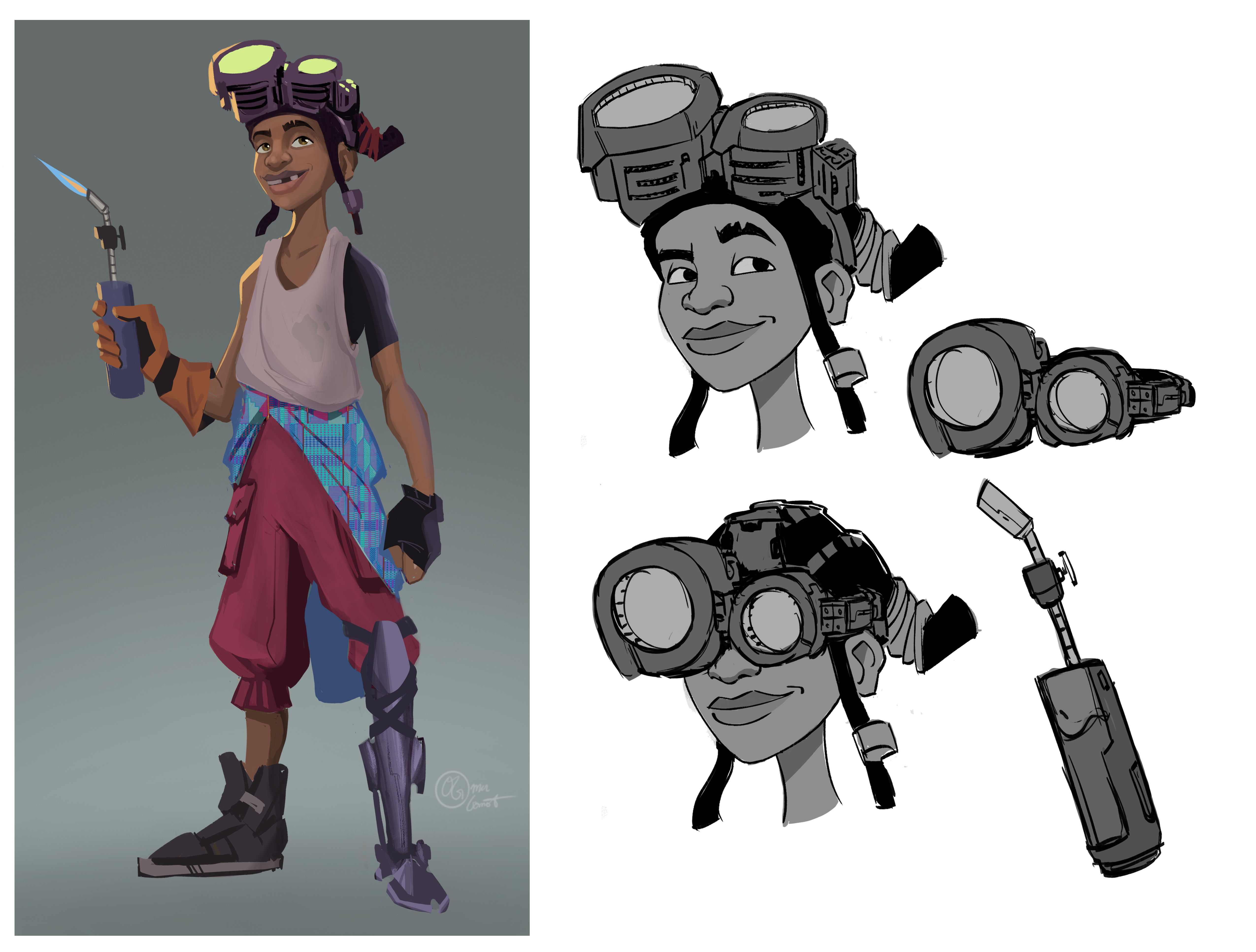
Understanding the story’s style helps you define the characters that fit into the world you create. Doing this allows you to step outside reality and shape the character in any way that you want.
09. Consider the source of conflict
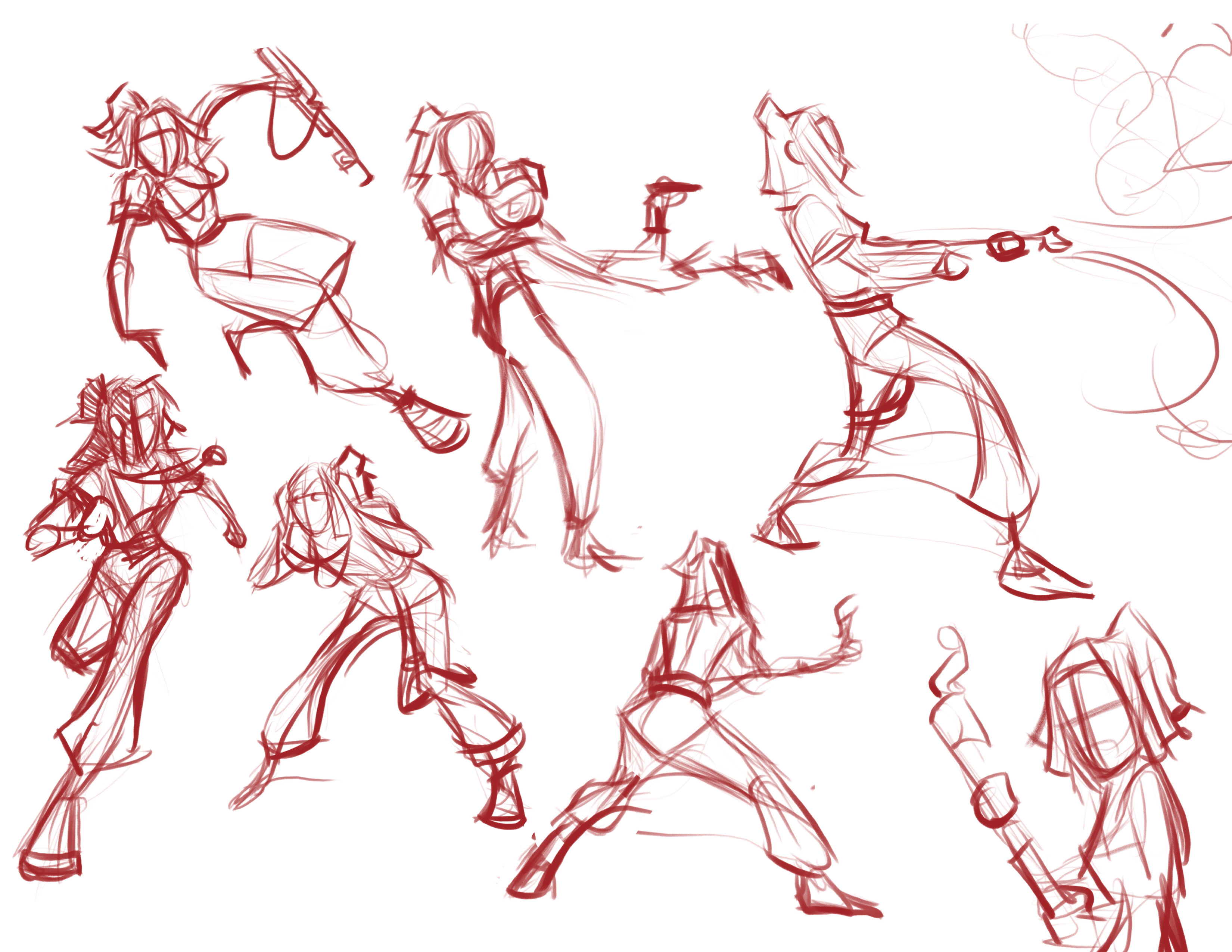
Once we’ve developed our protagonist, we know that the conflict needs to have an antagonist to work against them. Start developing them by pushing the shapes of the antagonist next to your protagonist to make sure that this new character can fit comfortably into the story.
10. Pick a name
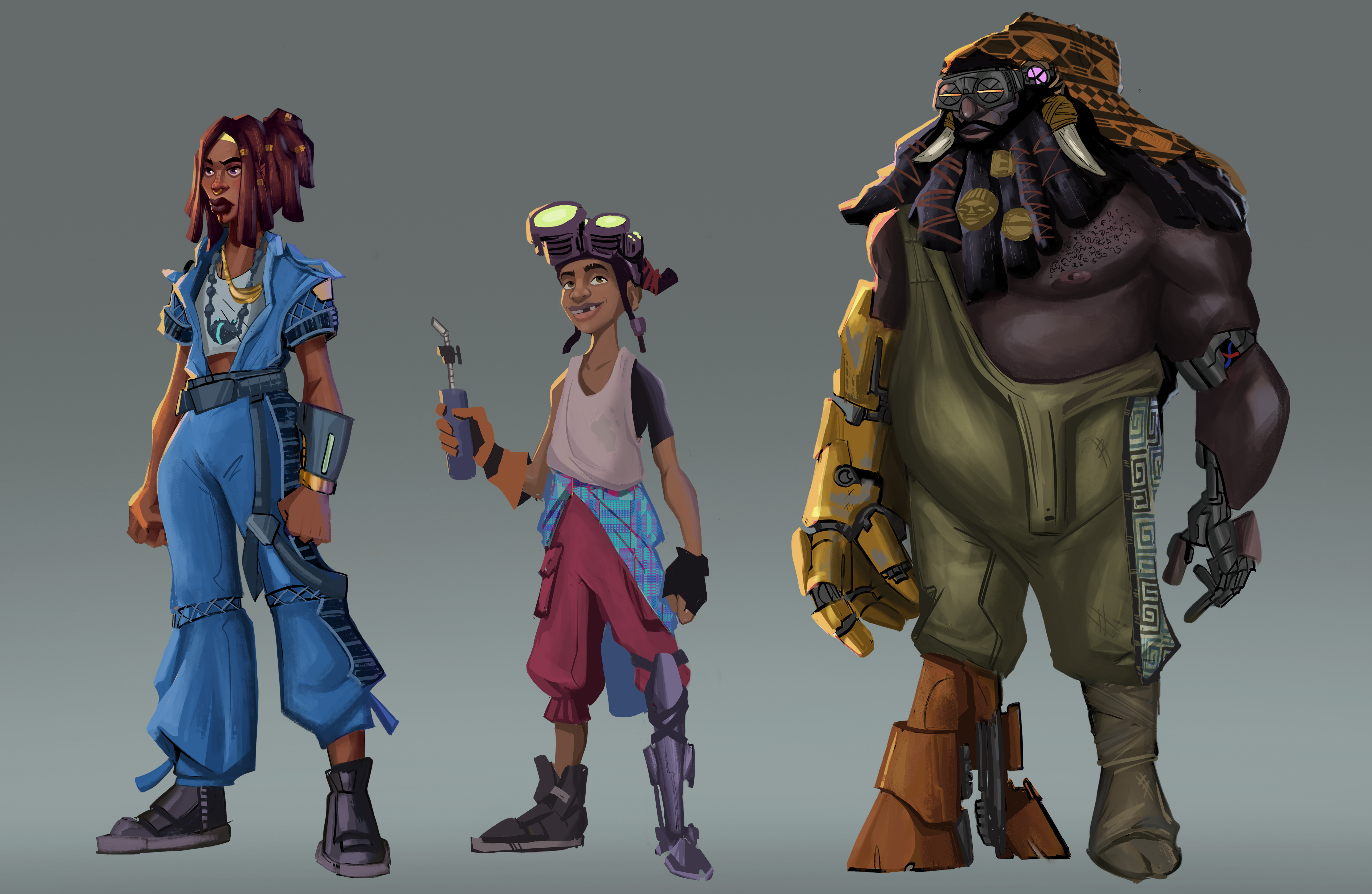
After lots of research and designing, our characters need a name! It personalises the story and helps us feel connected to the world that we create around them.
For more tips, see our piece on how to turn your illustrations into stop-motion animation. Also see our overview of the best animation styles.
Get more tutorials in ImagineFX
This content originally appeared in ImagineFX magazine, the world's leading digital art and fantasy art magazine. ImagineFX is on sale in the UK, Europe, United States, Canada, Australia and more. Limited numbers of ImagineFX print editions are available for delivery from our online store (the shipping costs are included in all prices).







